Tourists conquer Tra Su mountain peak
It seems that I have a “fate” with Tra Su Mountain, so I often have the opportunity to return to visit and enjoy the scenery here. The mountain is about 150m high, just enough for a sweaty journey and also gives you a feeling of excitement when admiring the spectacular scenery around. To go up Tra Su Mountain, visitors can take many routes. I often choose the route on the side of the Lagerstroemia hill, because this place offers a clear view of nature, along with its inherent wildness. The road up the mountain is a series of stairs running under the canopy of ancient trees. Occasionally, we come across a shrine where pilgrims often burn incense.
Perhaps the most popular attraction for pilgrims at Tra Su Mountain is the tomb of Mr. Dao Xom (Monk Mr. Le Nhut Long) and Huynh Long Temple - a relic associated with the founder of Hoa Hao Buddhism, Huynh. After visiting Huynh Long Temple, we went out to see the "Buddha's foot" not far away. Nature sometimes has strange coincidences, when creating traces with a shape similar to a foot on a steep cliff. Because of this uniqueness, visitors are also quite curious to come here to see.
Past the Huynh Long temple, we continued up the stairs to the top of the mountain. The higher we climbed, the more sweat poured out. The hikers were panting, drenched in sweat. They shared that climbing Tra Su mountain, although very tiring, was an interesting experience. Unlike other famous tourist mountains, visitors will have no choice but to rely on their own feet to climb the mountain. Even though I had climbed many mountains, I still had to gasp for breath because there were always successive steps ahead.
It took us about 20 minutes to reach the mountainside. Sitting in the middle of the mountains and forests, enjoying the gentle breeze, one feels relaxed and comfortable when blending with the vast nature. From the mountainside, you can see the whole view of Nha Bang ward with houses close together and busy traffic. At this height, you can still hear the car horns of pilgrims from all over the place pouring into the Bay Nui area during the dry months.
As we walked, we encouraged our fellow travelers. Perhaps they were city dwellers, used to traveling by car all year round, so Tra Su Mountain was a real challenge. After a 10-minute rest, we continued our journey. Halfway up the mountain, we could see Tra Su Peak. However, climbing up there was another challenge.
View from Tra Su mountain down to Nha Bang ward center
After a while of trying, we reached the top of Tra Su. Instead of reserving the highest place to worship the Jade Emperor, Tra Su mountain has a shrine to Chanh Soai. In fact, this is a saint ranked among the "military" in folk beliefs. According to Mr. Lu Ngoc Hung (keeper of Chanh Soai temple), Tra Su mountain is the only place where people worship Chanh Soai on the top. Every month, pilgrims from the provinces often come here to worship on the 16th day of the lunar calendar. They go in groups of dozens, hundreds of people. Mainly, people pray for health and peace for their families or pay tribute to them.
When I arrived at the temple, I saw many people coming here to worship. The main offerings were roast pork, bread and some cakes. People prayed and worshiped very sincerely. In the small space, the smoke of incense billowed and the whispers of prayers resounded regularly. For many people, the pilgrimage to Ong Chanh Soai had great spiritual significance, so no matter how far the road was, they had to return. In addition to Chanh Soai temple, on the top of the mountain, there were also hundreds of mandarins, hundreds of families and the national founder Hung Vuong. That was a way for people to remember the contributions of the founding fathers, contributingto educating the tradition of patriotism.
After visiting and enjoying the open scenery on Tra Su peak, we returned down the mountain by another path. The special thing is that although the circumference is not large, Tra Su mountain still has many spiritual places of worship. This time, we passed by a number of places, such as: Ong Ho Cave, Da Lan Temple, Than Nong Temple, Ba Chua Son Lam Temple... each place has its own legend.
According to the locals, Tra Su Mountain used to be inhabited by tigers, so there are still traces of the Tiger Cave. Although this is just a folk legend, it reflects part of the history of this mountain, as well as the process of opening mountains and breaking rocks by ancient people in the That Son region. When we reached the foot of the mountain, the sun was already overhead. Some of our young companions were also excited to complete the trip. They said they would return to visit Tra Su Mountain during the rainy season, to experience the wild space, to admire the beautiful scenery when the purple Lagerstroemia flowers bloomed in the mountains and forests.
THANH TIEN
Source: https://baoangiang.com.vn/tro-lai-dinh-tra-su-a417419.html


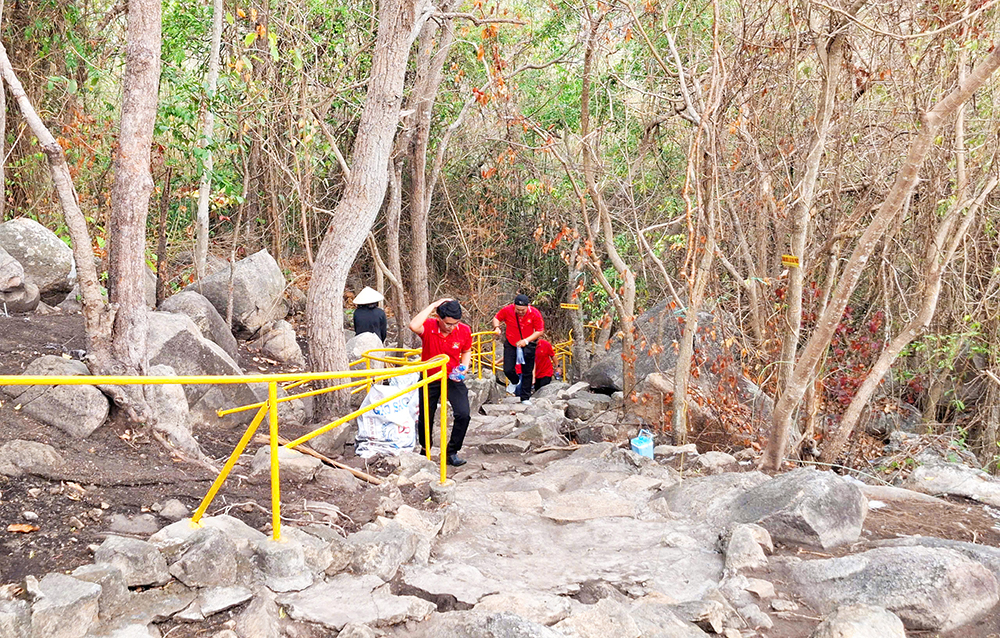
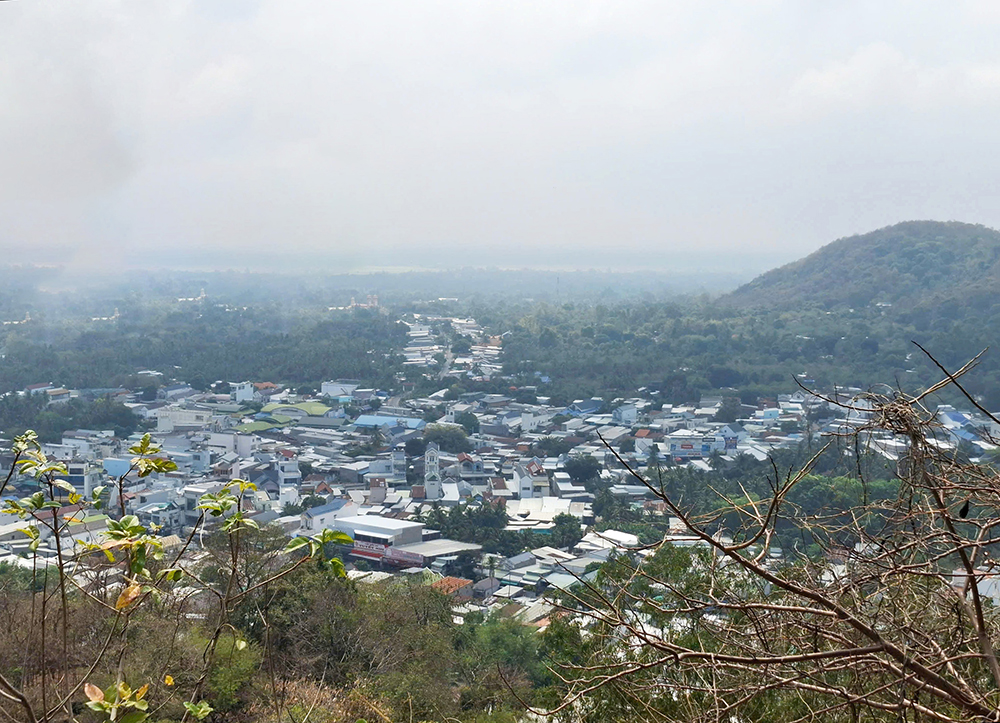
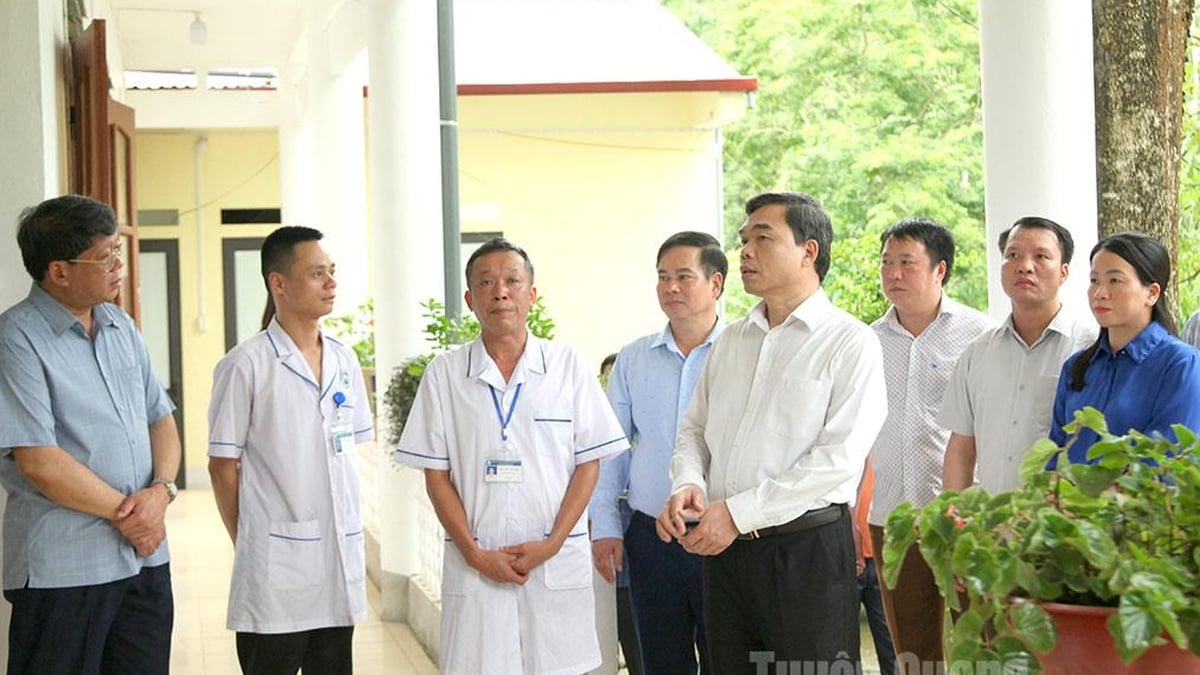
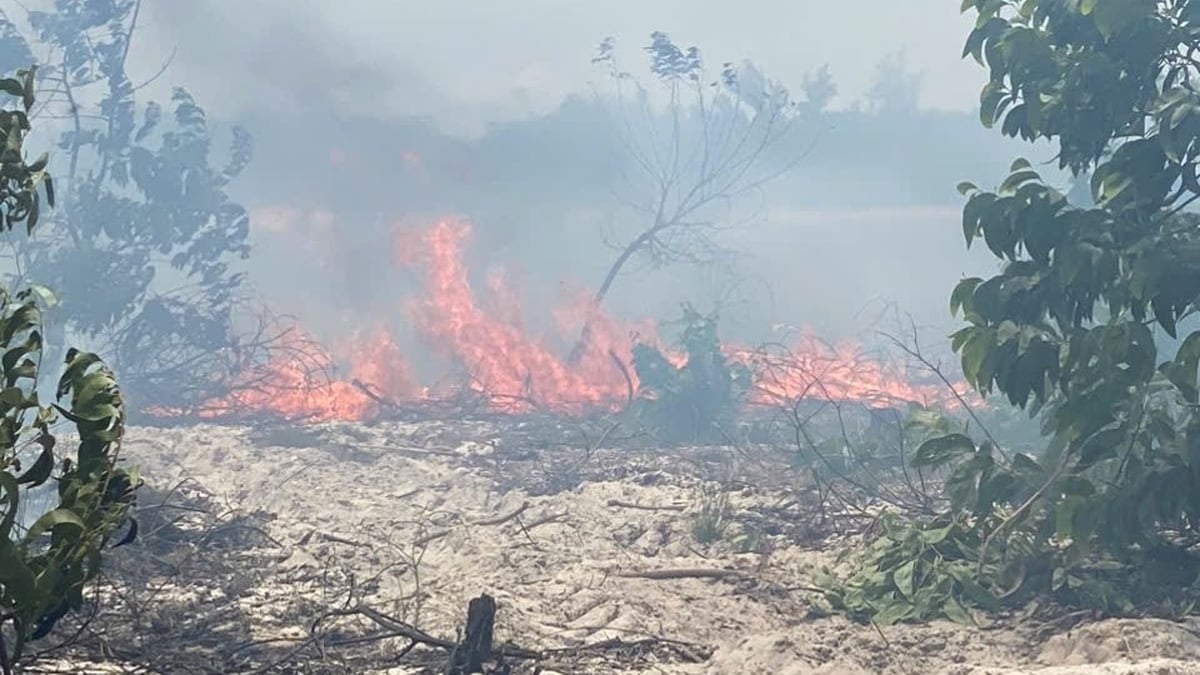
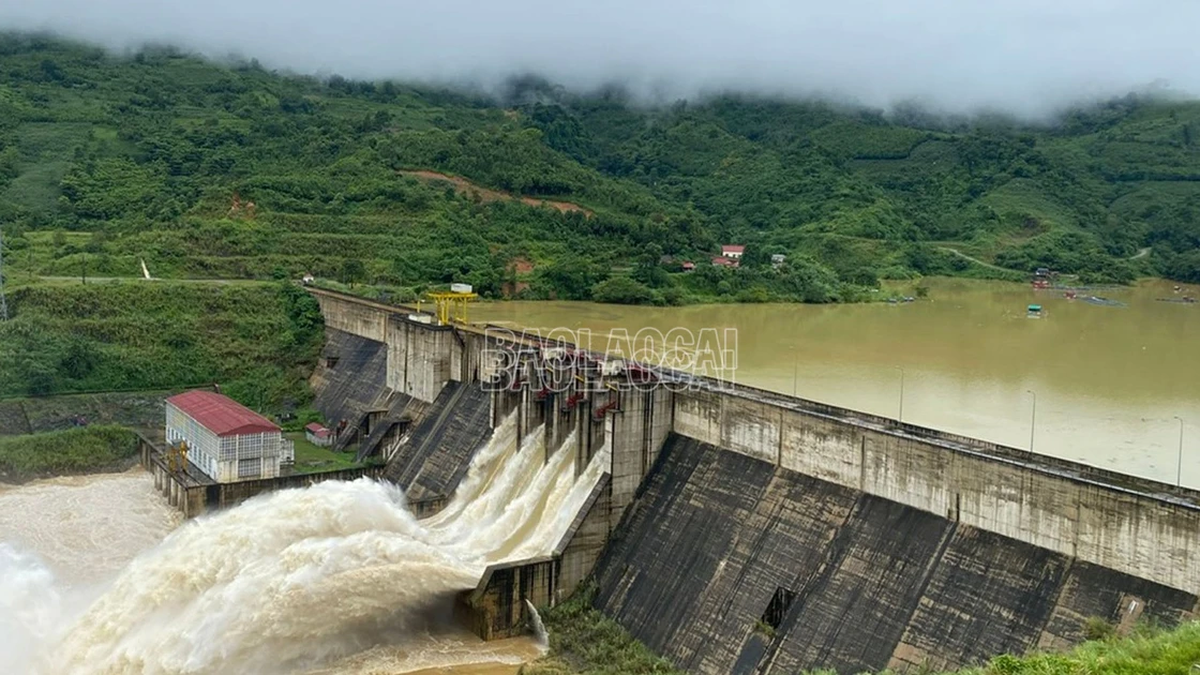

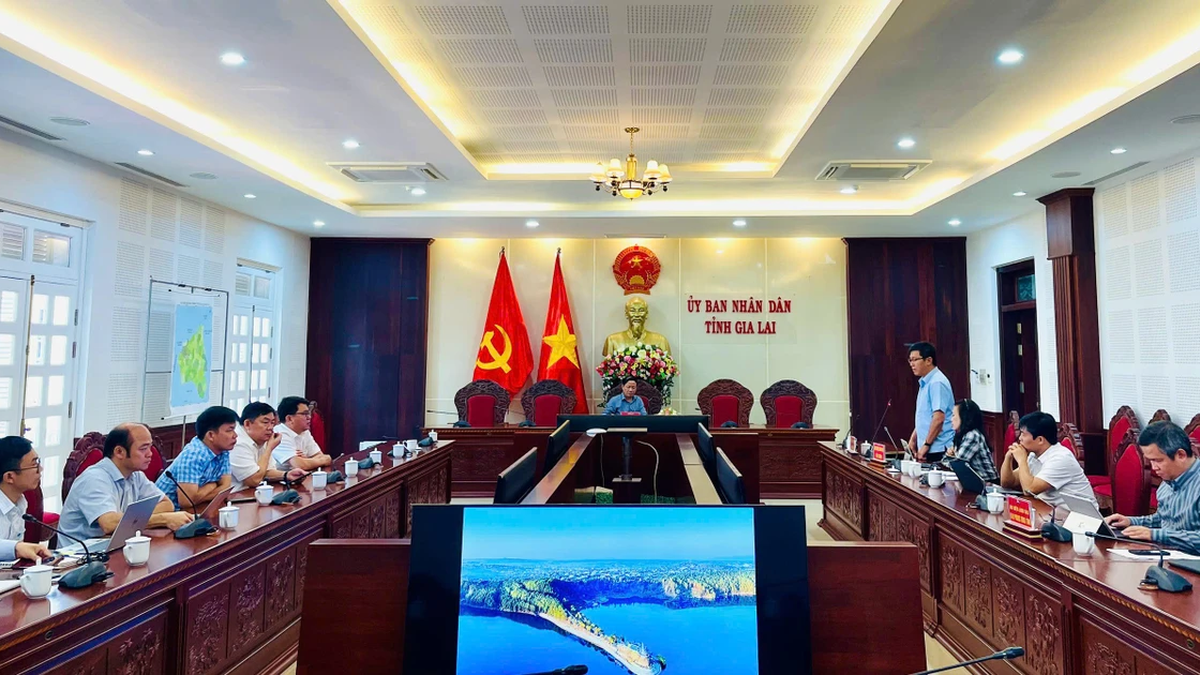




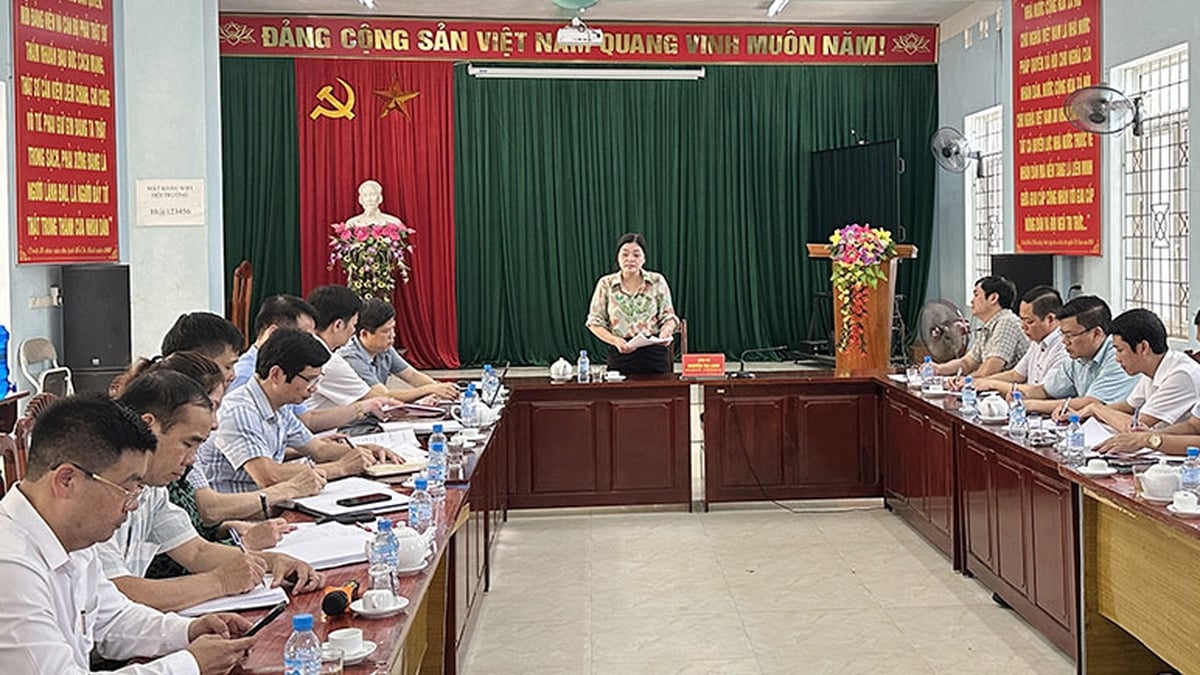






















































































Comment (0)